Hoffman-Boston Elementary is embedded with a rich history. There is no way of separating who we are today from what the building and land were used for in the past. To bring awareness of our unique and tangled history to our community, resources from local historians and media sources have been pooled together, including this article about our Little Red Schoolhouse History from 1994. However, the best keepers of the stories are those who lived them. Please be sure to check out the video footage and articles for more information. If you have any additions to this brief history, please contact our school through Jennifer Burgin at jennifer.burgin@apsva.us.
First People
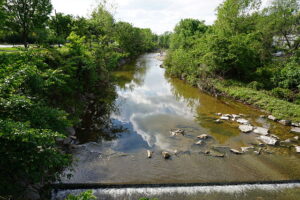
Sources – The National Park Service, AETV Historical Marker’s video about Necostin Indian Site & Native Land Digital Map
The land that Hoffman-Boston is built on was part of the Necostin Indian community. Over 400 years ago, the Necostin people, part of the Anacostan or Nacotchtank people, lived off the land and built homes in the long-house style also built by the Powhatan people our 4th-grade classes study today. Water sources like Four-Mile Run and the Potomac River provided abundant fish and support for food production. When Captain John Smith navigated the Potomac River in 1608, he and his ship were met with mixed responses. Ultimately, the settlement experienced a European take-over, and the Necostin people suffered. Some died from diseases introduced by the Europeans, while others moved north to merge with people groups like their own.
A New Nation and Civil War




Sources – The National Park Service, AETV Historical Markers videos about Freedman’s Village & Arlington National Cemetery (starring our Project Edison teacher), & Arlington Public Library Historical Records
As the United States of America became a new nation, the land was claimed and owned by wealthy colonists and passed down through their generations. The land that Hoffman-Boston is built on was part of the Custis-Lee Estate. The Custis family was a wealthy family that is notably connected to Martha Washington, the first First Lady of the United States of America and the wife of first President George Washington. When they married, George married into Martha’s Custis family wealth. The land he farmed and profited from, with the use of enslaved servants and hired workers, belonged to both of them through marriage. Eventually, the Custis land where Hoffman-Boston sits came to be given to Mary Custis, who married Robert E. Lee. Their home, Arlington House, and the surrounding land were abandoned after Lee became a leader in the Civil War efforts led by the Confederacy. During the war, the United States Government seized their land and used a portion of it to create the first Freedman’s Village in Virginia. Another portion was used to bury Union soldiers killed in the Civil War. Arlington House and the cemetery would later become Arlington National Cemetary. Freedman’s Village would later turn into a thriving African American community where a school house for black children was built where Hoffman-Boston is today.
Reconstruction, Jim Crow Laws, and Desegregation
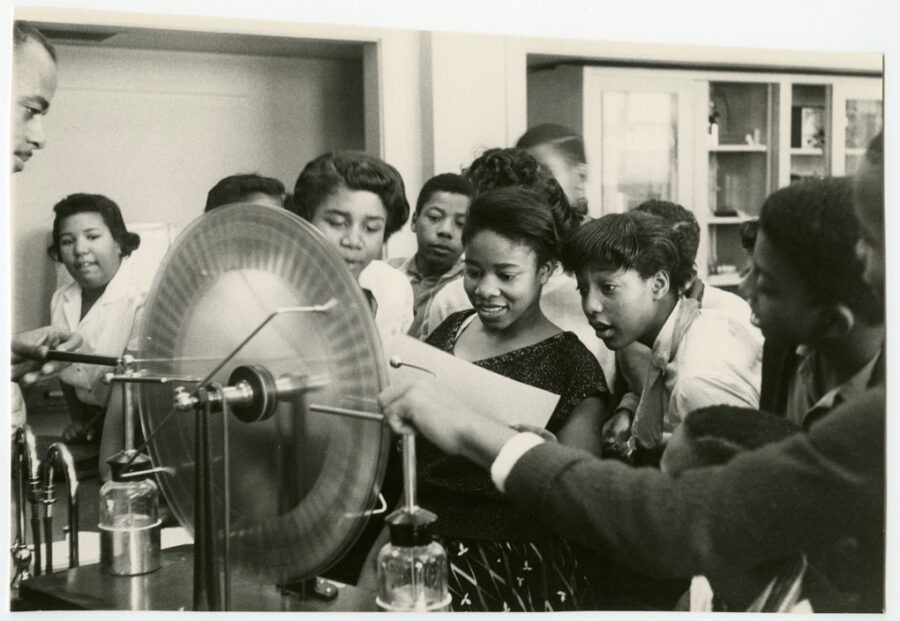
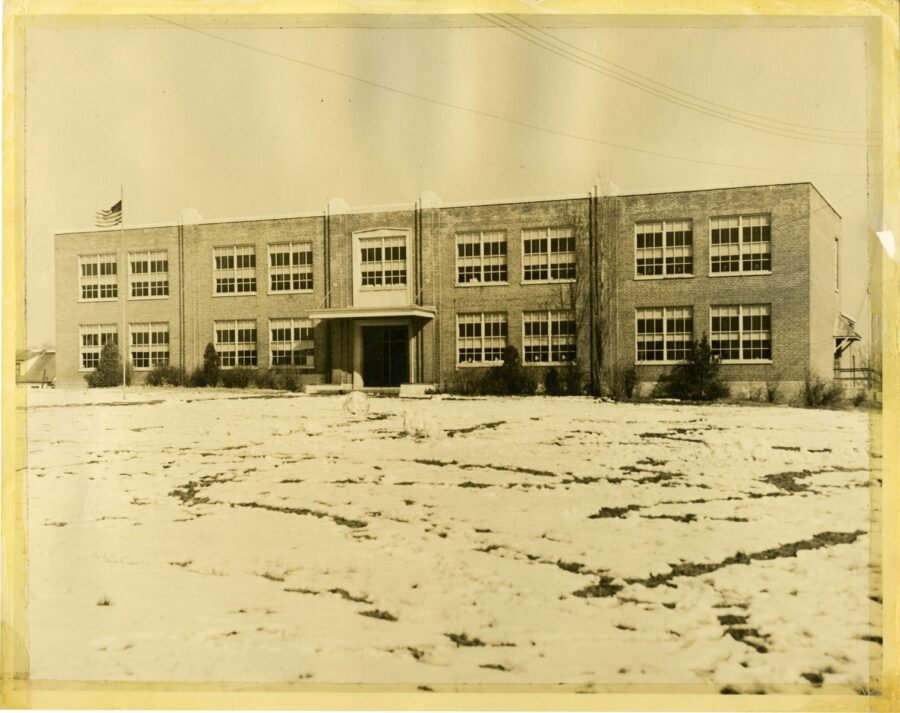




Sources: Arlington Public Library Historical Records, Oral History with Delores C. Downing, InsideNoVa article on the 100-year school anniversary, Arlington Historical Society’s “Memories of Hoffman-Boston” recording (2012), “Deeply Rooted: History’s Lessons for Equity in Northern Virginia” education excerpts commissioned by the Center on Society and Health at Virginia Commonwealth University (see the full report here), and an Oral History Interview with Dorothy Hamm (scroll to page 20).
The Freedman’s Village school would set the site for Hoffman-Boston elementary today. Below is an excerpt from Arlington Public Library Historic Records about the next phase of history.
“The history of Hoffman-Boston High School is, in some ways, a reflection of the larger happenings in America during the Jim Crow and later Civil Rights eras.
In the immediate years after the Civil War, a short-term refuge for freed slaves known as Freedman’s Village was established in Arlington County. Since there was no school within the County for the children of freed slaves to attend, it fell to the inhabitants of Freedman’s Village to educate them. Schooling originally took place in various homes within the Village, but as the population grew, the need for a separate school building arose.
Hoffman Boston School was built in 1916 by Noble Thomas, the first African-American to construct a public building in Virginia. Originally known as the Jefferson School, it was later renamed Hoffman-Boston after Edward C. Hoffman, the school’s first principal, and Ella Boston, principal of Kemper Elementary School, which was another school serving Arlington County’s Black community. In its early years, the school educated students from grades 1 through 8.
In 1930, Arlington County, in response to an increasing population, opened up its first high school, but its enrollment was limited to white children only. African-American students had no such opportunity until years later when, in 1942, a group of high school seniors became the first graduating class at Hoffman-Boston.
As the Civil Rights movement swept the county, the changing tide from a racially divided society to a more inclusive one began to take (effect) in Arlington County. In response to the 1954 Supreme Court decision in Brown vs. Board of Education against segregated public schools, the Arlington County School Board decided in 1956 that the County would comply with the ruling. The plan would be for integration to take place over the course of three years. As a result, the School Board later decided to close Hoffman-Boston High School as many of its students (and teachers) were transferred to other area schools, such as Yorktown and Wakefield. The 1964 graduating class became Hoffman-Boston’s last.
Over the years, reunions have brought alumni and former teachers back together again. These gatherings have served as a way to celebrate a school that, despite all odds, dedicated itself to educating the African-American residents of Arlington County.”
Since Hoffman-Boston served as a middle and high school, our building today is the only elementary school with an auditorium and full-sized lockers (Kindergarten hallway). We also have some staff who have family members and dear friends that attended Hoffman-Boston when it was a high school!
Modern Experiences
In 2000 we officially became Hoffman-Boston Elementary. A $12.9 million expansion project refurbished historic parts of the building and provided more seats and spaces for learning, including restoring the historic schoolhouse where STEM and Project Edison educators have offices and a STEM lab. This project alleviated overcrowding in other South Arlington elementary schools and expanded Hoffman-Boston school boundaries. It also made our school ADA compliant and upgraded electrical, ventilation, plumbing, fire protection, heat, air conditioning, kitchen, and cooling systems.
As Columbia Pike expanded and became an Arlington “main street,” it brought diverse residents to the area. Immigrants from around the world began moving to Arlington County for opportunities. Some of today’s largest populations at Hoffman-Boston include families from Arabic-speaking countries, El Salvador, Mongolia, and Ethiopia. In fact, Hoffman-Boston has the largest Mongolian population of any school in the county!

9/11 at Hoffman Boston
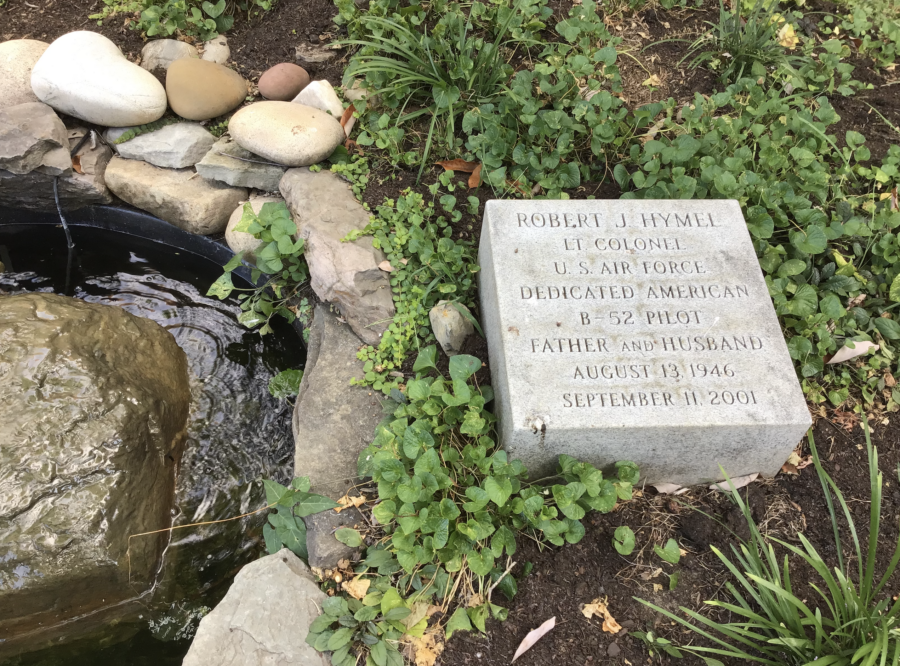
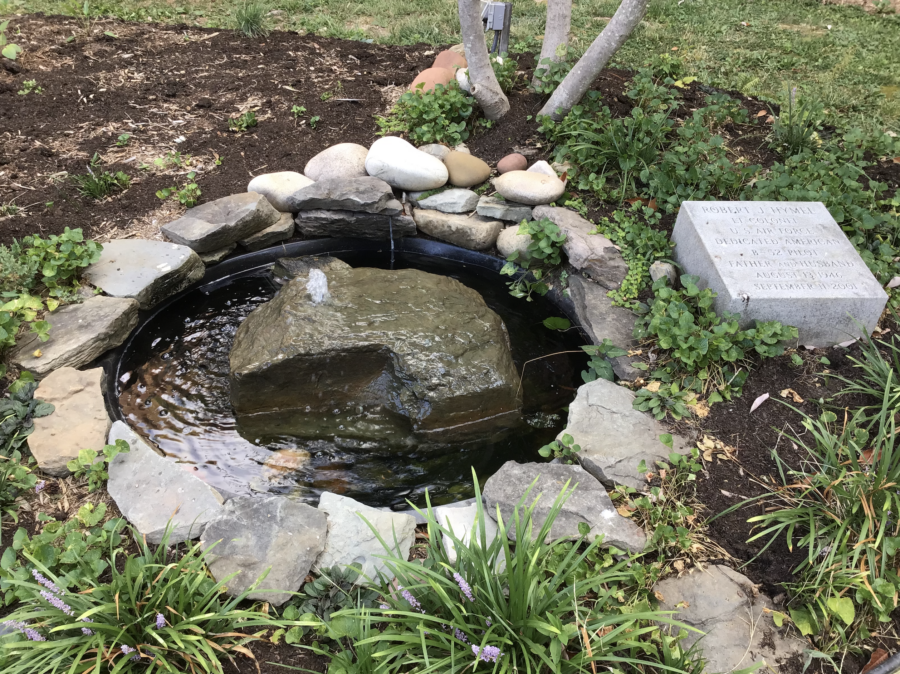




In 2001 during the 9/11 attacks, our school felt the ground shake as a plane crashed into the Pentagon. Staff present at the time remember feeling the building shake and worked closely with law enforcement to safely evacuate children and reunite families. Our then Principal, Pat Hymel (pronounced Emell), worked until 6:45 PM to ensure each child was safely sent home. Then she began to seek out her husband, who worked at the Pentagon. Her husband, retired Air Force Lt. Col. Robert Hymel, had died in the attack. In his memory, Hoffman-Boston has a memorial garden in front of our school and a weather station in the Project Edison classroom.
Sources: Washington Post article “After Attacks…”, Columbia Pike documentary project
Military Families
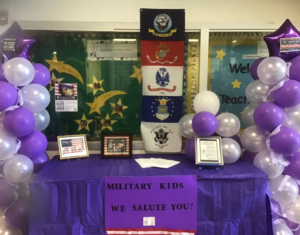
Visit our Military Families Page
Our location near the Pentagon has brought military families to the area. Families who are relocated every few years may leave Arlington and return, making Hoffman-Boston their home school when back in Arlington.
We also serve a global military population as many families come to Arlington County so that a military family member may attend the National Defense University. These families join us for a year and receive public schooling for their children.
We are proud of the diversity of our school children and staff, many of who belong to the historic African American, global, and military populations.
 Contact
Contact  Calendars
Calendars Careers
Careers Engage
Engage  District
District
